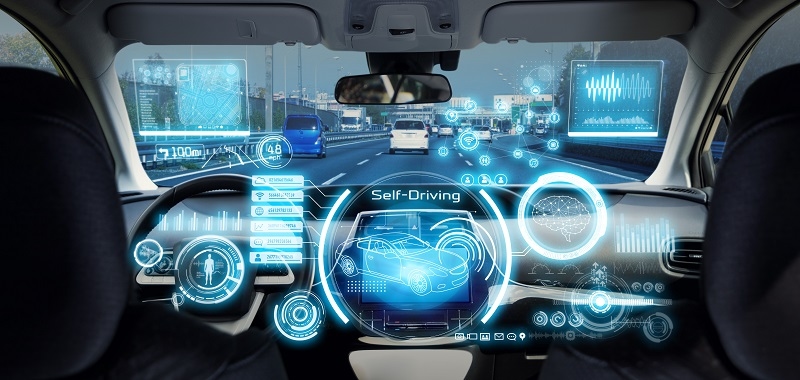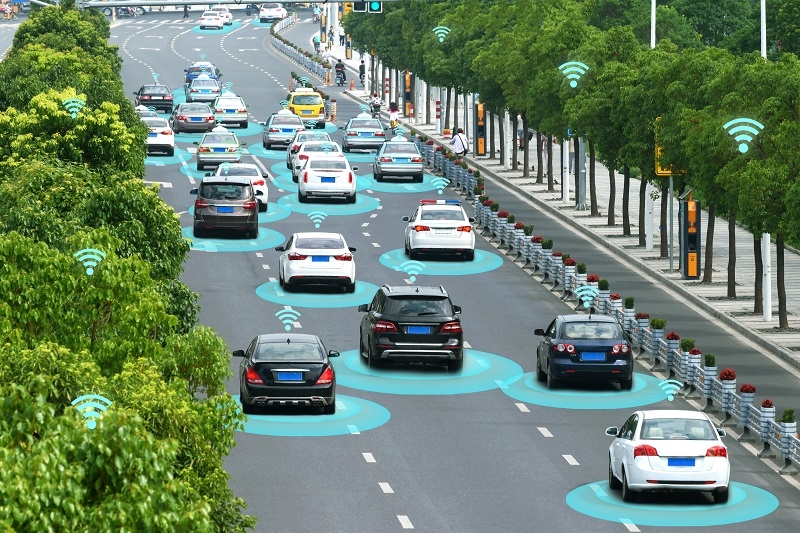
Car safety technology in 2025 is probably the most important feature. It has been revolution in how vehicles can protect lives now by recognizing the threat even before feels it. Most companies are now focused on creating systems that can predict the risk, prevent the issue by reacting faster than humans. When it comes to the future of technology and car safety, the changes can be referred as massive.
From intelligent braking to next-gen lane systems, the best car safety technology is not just a convenience but it is a necessity for avoiding tragedies. In this blog, you will find everything related to the new car safety technologies that are set to transform the world of automobiles forever.
Gone are the days when seatbelts and airbags were considered top-tier safety measures. In 2025, technology and car safety go hand in hand and the partnership is getting smarter by the mile.
Here is what modern vehicles are integrating:
Surround-view cameras and LiDAR tech create a complete picture around the vehicle, warning of approaching obstacles or cross-traffic even before the driver turns their head.
Systems now track eye movement and head position to detect distraction or drowsiness. If the driver seems off, a soft warning (and sometimes corrective measures) is triggered.
Based on real-time data, vehicles can now anticipate a crash before it begins — especially in busy intersections or high-speed zones.
These innovations prove that car safety technology is evolving from passive to proactive. It's about helping drivers make decisions — or even making them for them — when milliseconds count.
While not every car in 2025 has all the bells and whistles, certain safety systems are becoming baseline expectations.
The must-have features in today’s cars are listed below:
Detects potential collisions and applies brakes automatically if the driver doesn’t react in time.
Alerts the driver when another vehicle is lurking just out of sight during lane changes.
Maintains safe distance from the vehicle ahead, adjusting speed accordingly — useful in both traffic and long-distance travel.
Gently corrects the vehicle if it begins drifting unintentionally across lanes.
Especially helpful in parking lots, this warns of approaching traffic when reversing.
These are not futuristic concepts anymore — they're available, proven, and quickly becoming part of what people now expect from the best car safety technology.
As safety systems become more software-driven, the traditional car safety inspection has also seen a major upgrade. Today, it's not just about brake pads and tire pressure — it’s about verifying that intelligent systems are properly calibrated and functioning as expected.
During modern inspections, technicians often check:
This means a comprehensive car safety inspection is no longer a mechanical-only task. It’s part digital, part diagnostic, and absolutely essential for maintaining optimal performance of every car safety technology on board.
Must Read: Car Maintenance Checklist: Keep Your Vehicle in Top Shape

At the core of every fatal crash or near-miss lies human error — distraction, fatigue, poor timing. That’s why the best safety technology in cars is designed to counteract human limitations rather than just add layers of alerts.
Some examples of how this technology works behind the scenes:
By 2025, these features are so well-integrated that drivers might not even realize how many close calls were prevented by their car's tech. That's the quiet magic of modern car safety.
Car Safety in 2025: More than Just Devices
While it’s tempting to focus solely on hardware, car safety in 2025 is also shaped by how vehicles communicate with roads, traffic systems, and even other cars. Vehicle-to-Everything (V2X) technology is making it possible for cars to "talk" to the environment in real-time.
This allows for:
Cars adjust speed to catch green lights and reduce sudden stops.
A car detecting black ice can alert others nearby, triggering automatic caution.
Drivers get early warnings of approaching ambulances or fire trucks, long before sirens are heard.
So, when we talk about car safety, it's no longer limited to what happens inside the car. The entire driving ecosystem is becoming smarter and safer.
Top Pick: All About Car Dashboard Warning Lights: What They Mean
Even the best systems can't replace human judgment entirely. Technology is there to support, not override. That’s why driver education, road awareness, and responsible behavior remain crucial. It’s also why systems are designed to assist, not control — to step in only when truly necessary.
Think of it as a co-pilot that’s always alert, but never in your way.
As 2025 continues, several innovations are on the horizon that may redefine car safety:
Cars may soon monitor stress levels and heart rates to detect medical emergencies behind the wheel.
Vehicles could adjust settings based on who is driving — tailoring alerts and reactions to the individual’s habits.
Heads-up displays that highlight road hazards in real-time, layered over the windshield.
Each new development brings us closer to a world where safety is not something you hope for — it’s something your car quietly guarantees.
In 2025, car safety technology is no longer futuristic — it’s foundational. From sensors that never blink to systems that think ahead, the transformation is everywhere. And with every mile driven, the roads become not just smarter, but more humane.
The relationship between technology and car safety has matured into something elegant: a partnership where machines enhance human instincts. And with the best car safety technology leading the way, the future of driving looks far safer — and far more intelligent — than ever before.
This content was created by AI